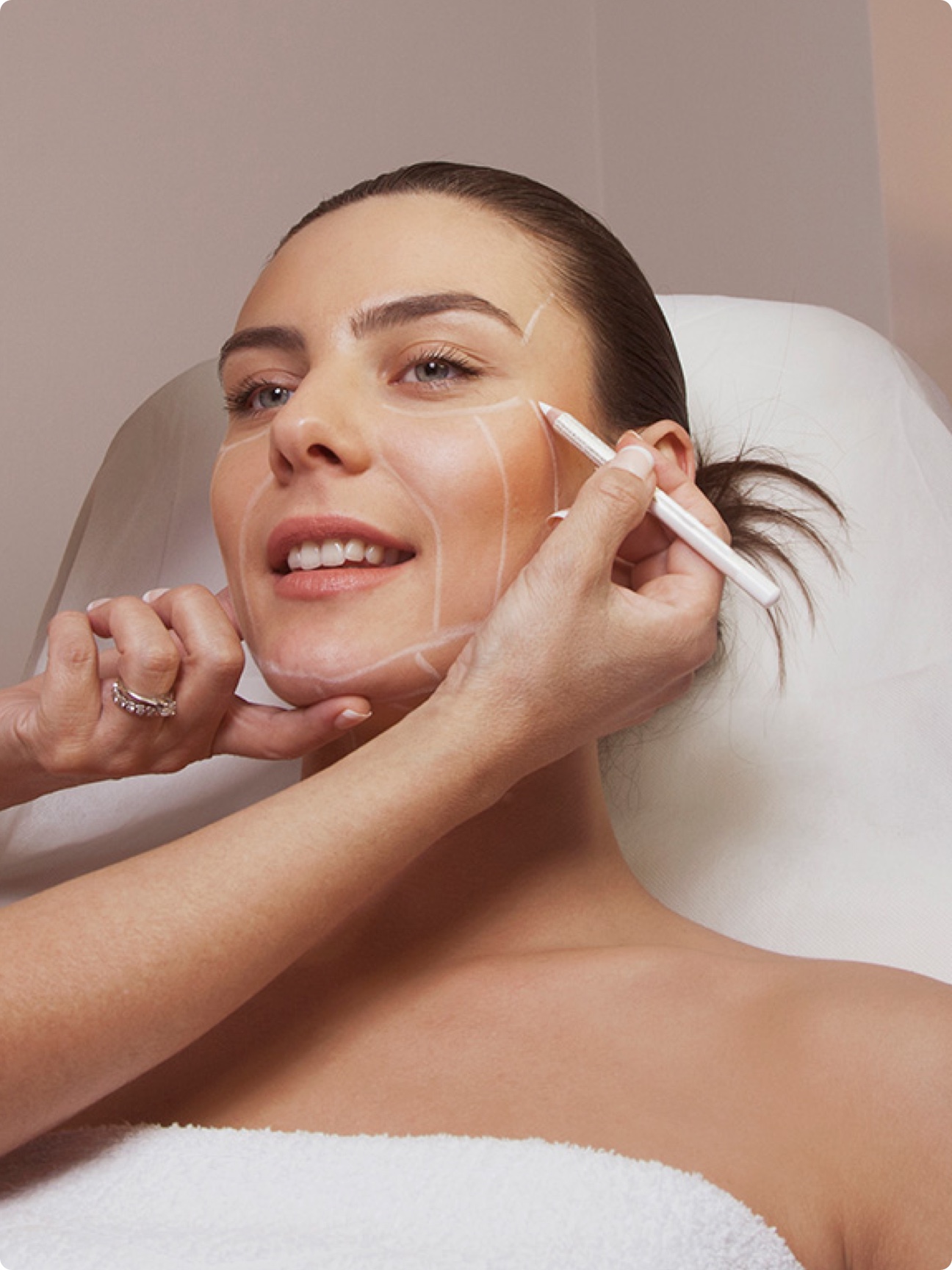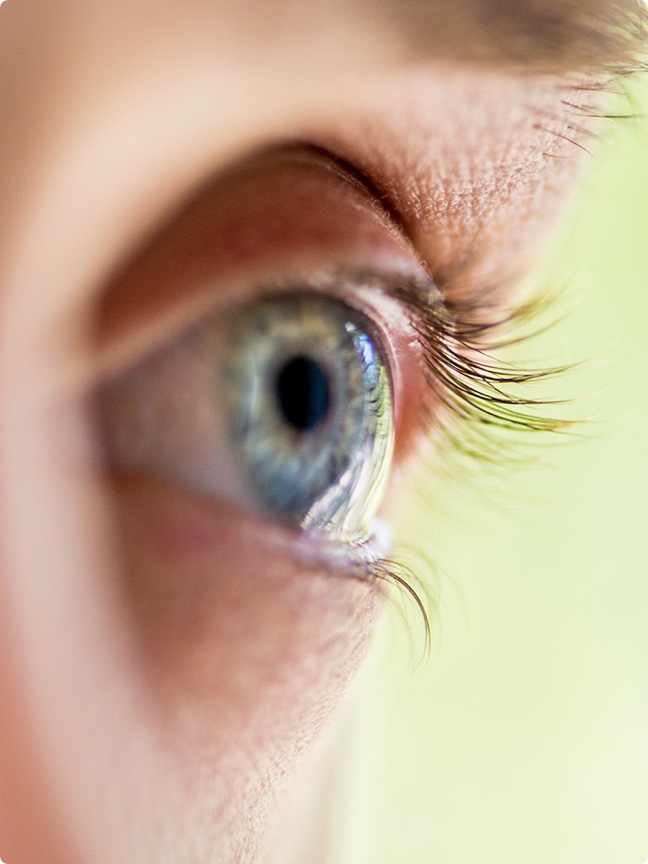

Wounds are estimated to account for almost 3% of total health system costs.1
Any tissue injury with an anatomical integrity disruption and a loss of functionality can be described as a wound. A skin wound results from the breakdown of the epidermal layer integrity. When we talk about wound healing, we mostly mean the healing of the skin. The wound healing begins immediately after an injury to the epidermal layer and might last for years. This dynamic process includes the highly organized cellular, humoral and molecular mechanisms. Wound healing has 3 overlapping phases which are inflammation, proliferation, and remodelling. Any disruption during these phases leads to abnormal wound healing.2
1 Lindholm C, Searle R. Wound management for the 21st century: combining effectiveness and efficiency. Int Wound J. 2016;13 Suppl 2(Suppl 2):5-15.
2Ozgok Kangal MK, Regan JP. Wound Healing. StatPearls 2021
Prevention of infection is crucial for the wound-healing process.
Infection is the n.1 complication of wound healing.
Once skin is injured, micro-organisms that are normally sequestered at the skin surface obtain access to the underlying tissues. Inflammation is a normal part of the wound-healing process and is important to the removal of contaminating micro-organisms. In the absence of effective decontamination, however, inflammation may be prolonged since microbial clearance is incomplete. If this continues, the wound may enter a chronic state and fail to heal.1 That’s why it is important to prevent infections in any type of skin wounds. Signs of an infected wound include redness, swelling, pain, local warmth, purulent discharge, abscess, malodour, pyrexia and delayed healing. If the patient shows any of these signs a consultation with his health care provider is recommended since various health complications can be caused by the spread of the infection.2
1 Guo S, Dipietro LA. Factors affecting wound healing. J Dent Res. 2010
2 Wound infection in clinical practice. An international consensus. Int Wound J. 2008
Up to 2 million people live with a chronic wound across Europe.1
In the USA, chronic wounds affect around 6.5 million people at any one time.1
Chronic wound is a wound that has failed to heal for a time span related to chronicity that has been defined in the range 4 weeks up to more than 3 months. Based on the causative aetiologies, the Wound Healing Society classifies chronic wounds into four categories: pressure ulcers, diabetic ulcers, venous ulcers and arterial insufficiency ulcers. Chronic wounds are often termed ulcers and can be defined as wounds with a full thickness in depth and a slow healing tendency. Often disguised as a comorbid condition, chronic wounds represent a silent epidemic that affects a large fraction of the world population. Complications of chronic wounds include infection such as cellulitis and infective venous eczema, gangrene, haemorrhage and lower-extremity amputations. Chronic wounds lead to disability and disability worsens wound outcomes resulting in a vicious cycle.2
1 Lindholm C, Searle R. Wound management for the 21st century: combining effectiveness and efficiency. Int Wound J. 2016;13 Suppl 2(Suppl 2):5-15.
2 Järbrink, K., Ni, G., Sönnergren, H. et al. Prevalence and incidence of chronic wounds and related complications: a protocol for a systematic review. Syst Rev 5,2016
Up to 57% of postmenopausal women experience symptoms of vaginal atrophy.1
Vaginal atrophy is thinning of the vaginal epithelium and decreased cervical secretions most closely related to changes in estrogen levels. Because of the decrease of the cervical secretions, the walls of the vagina don’t lubricate enough, causing what’s known as vaginal dryness. Vaginal dryness can happen at any age from several different causes, but it’s mostly associated with menopause because of the drop of estrogen levels. Vaginal dryness is accompanied by other symptoms of vaginal atrophy like burning, irritation, dyspareunia, post-coital bleeding, vaginal bleeding, dysuria and increased risk for recurrent vaginal infections and urinary tract infections. Treatment requires proper diagnosis and includes – nonhormonal – and hormonal interventions.1
1 Bleibel B, Nguyen H. Vaginal Atrophy. StatPearls 2021
Vulvar pH could be expected to fall between values of the skin’s pH (estimated at 4.7) and of vagina’s pH (average 3.5).1
The vulva is the first line of defence to protect the genital tract from infection. Contaminants often collect in the vulvar folds and increased moisture, sweating, menses and hormonal fluctuations influence vulvar microbial growth and species balance, potentially resulting in odour and vulvovaginal infection. Genital skin is unique in that it is covered by a thin stratum corneum containing large hair follicles, making it easier for microbial and other substances to permeate the skin. Another characteristic of vulvar skin is the slightly more acidic pH compared to the rest of the body. For these reasons, it is advisable to take care of the vulvar skin by using intimate hygiene products that are specifically formulated and tested for this purpose.1
1 Chen Y. et al. (2017) ‘Role of female intimate hygiene in vulvovaginal health: Global hygiene practices and product usage’, Women’s Health
Interstitial Cystitis is a chronic bladder condition affecting 4 to 12 million people in the US.1
Interstitial cystitis is a condition that affects the urinary bladder, characterized by chronic inflammation. It is not secondary to an infection. In many cases, because it remains a diagnosis of exclusion, the condition is often diagnosed late. Patients often describe pain in the bladder region, with an urge to urinate. This sensation is worsened with the filling of the bladder and is often relieved by urinating more often. This may happen during the daytime and/or during the night. Other symptoms, such as pain or discomfort while urinating and pain or discomfort during sexual intercourse, may be present. These symptoms have a profound impact on the emotional, psychological and social well-being of the patient. Given the complex nature of the disease, the treatment remains a challenge.2
1 Source: ESSIC (International Society for the Study of BPS)
2 Lim Y, O’Rourke S. Interstitial Cystitis. StatPearls 2021
Our Brands

WANT TO KNOW MORE?
Discover the website dedicated to Skin Care.




